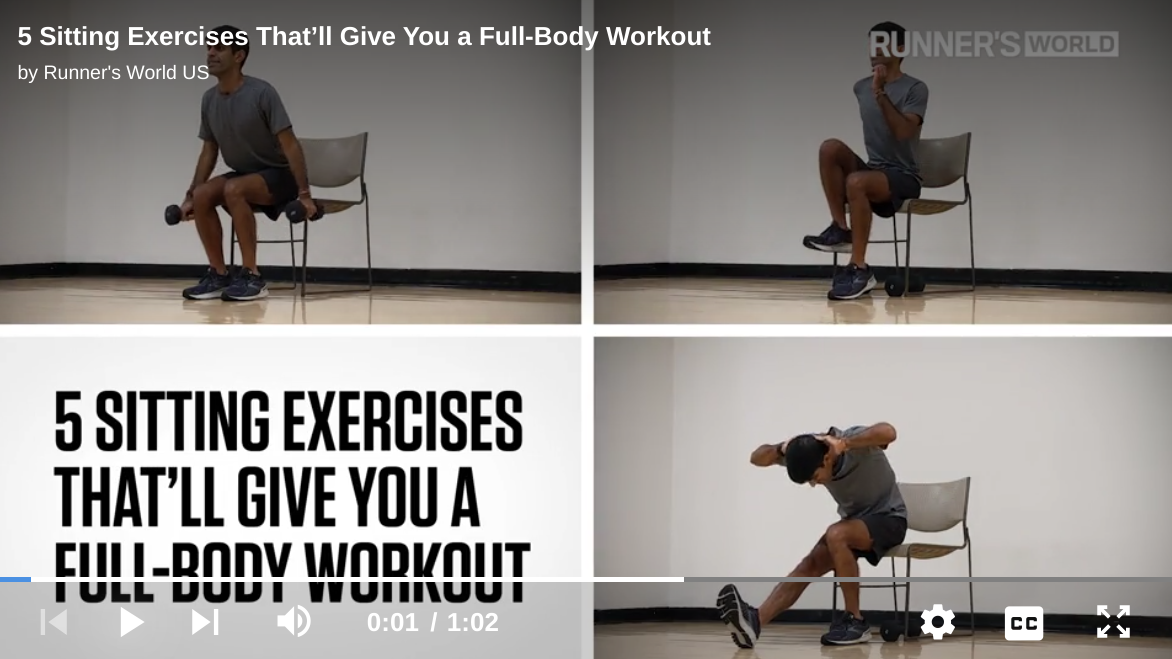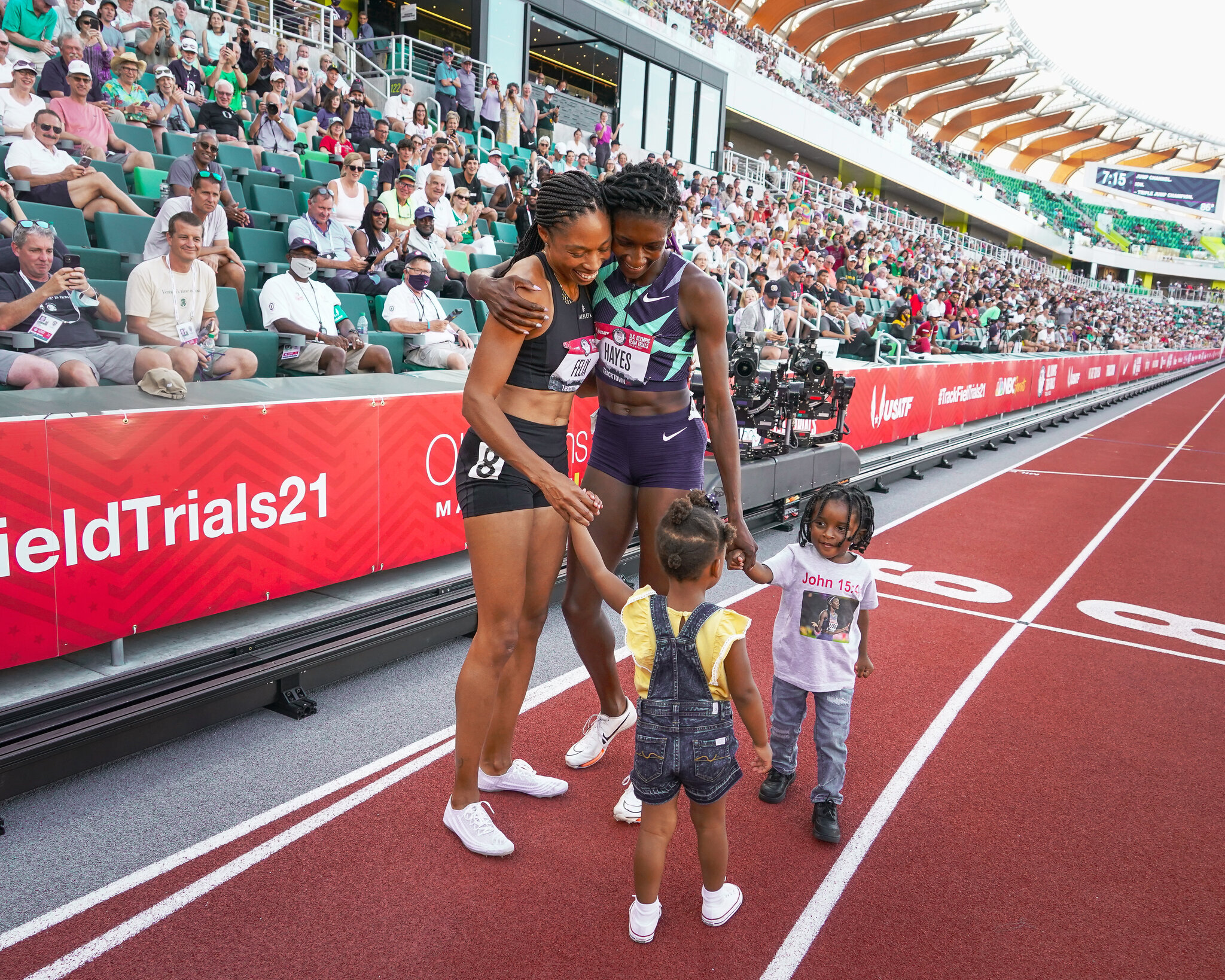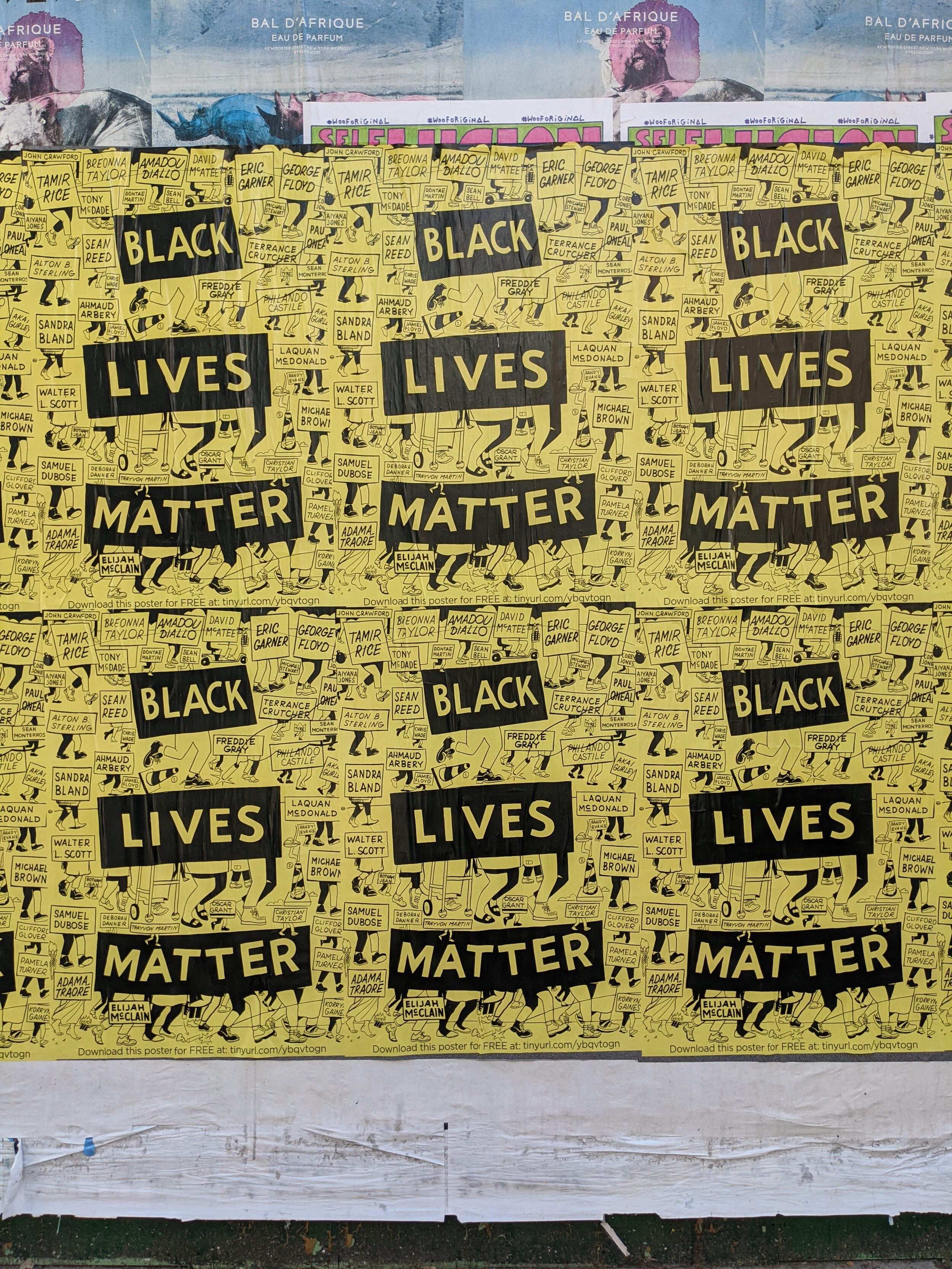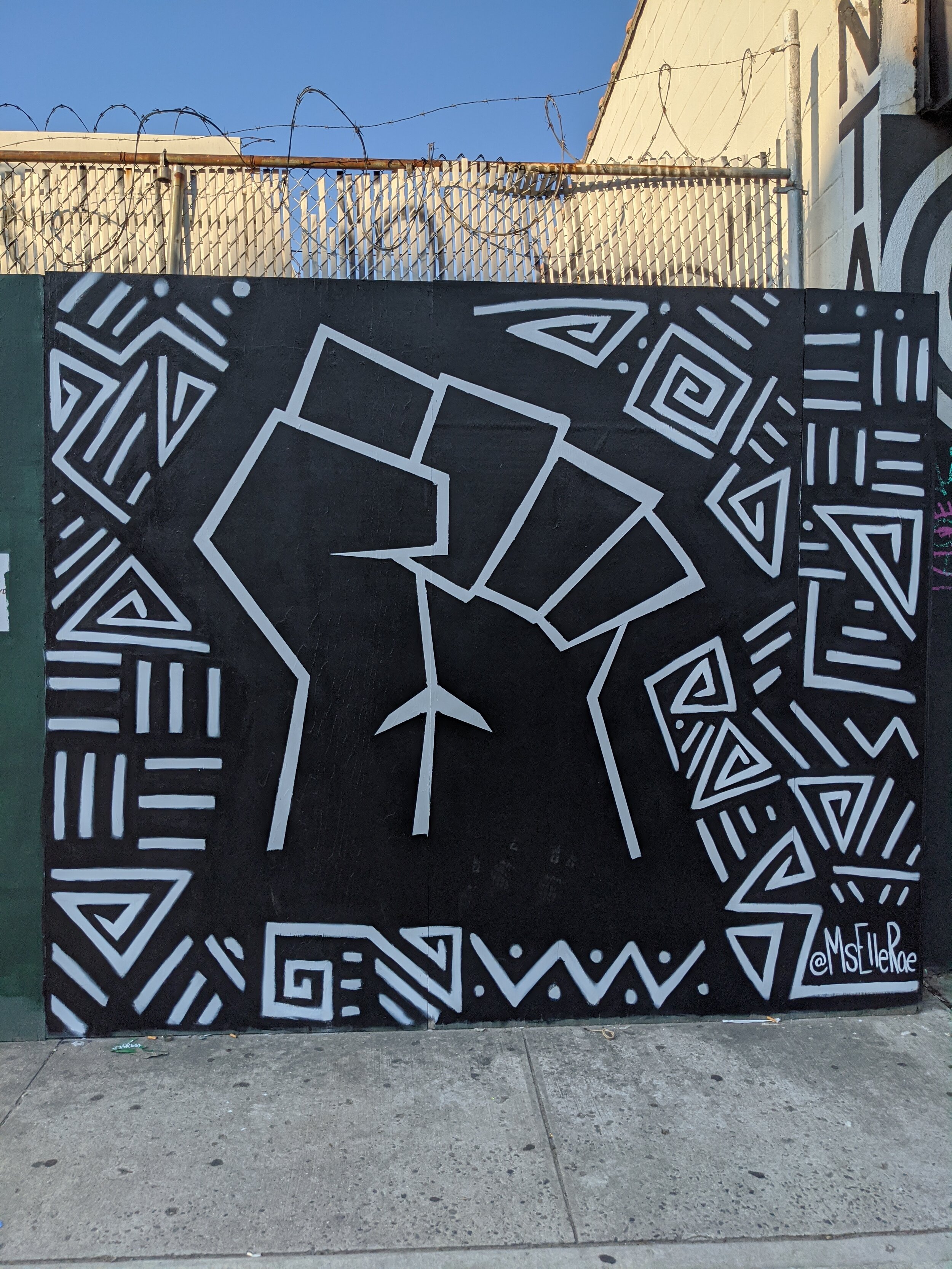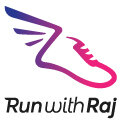The Summer Olympic Games kick off tomorrow amidst rising COVID-19 cases in Tokyo, including several Olympic athletes testing positive, causing a few to withdraw based on their imminent competition schedule. According to an Ipsos Global Advisor poll released last week, an astonishing 78% of respondents in Japan believe the Olympics should not go ahead as planned; across the 28 countries surveyed, 57% of respondents feel the same way. The US is split, with 48% saying the Olympics should not go ahead. However, 66% of Americans think the Olympics bring their country together and 80% say they inspire tomorrow’s generation to participate in sports.
The controversy around holding the international, multi-sport biennial event has also brought to light many of the Olympic Games’ persistent structural problems -- crony capitalism and corruption, displaced communities, environmental pollution, gender and racial inequity -- similar to those embedded in other systems and institutions like housing and infrastructure. Yet for the 15,000+ Olympic and Paralympic athletes from 200+ countries, the already postponed Tokyo Games represent the culmination of years of hard training and the beginning of sponsorship opportunities and thriving careers.
I have always viewed the Olympics as the “gold” standard in sports, finding inspiration from superstars such as Michael Johnson and Flo-Jo on the track and Michael Phelps and Jenny Thompson in the pool to legendary teams such as the men’s basketball Dream Team and women’s gymnastics Fab Five and Magnificent Seven. To me, the Olympics are about the Olympians: their extraordinary journeys, goals, achievements, and humanity. The stories of discipline, motivation, and grit give me hope -- in my own journey as an amateur athlete and in our collective potential.
We should continue to challenge the Olympics as a system of power and control to remove corruption and excess and promote inclusivity and equity for the athletes and communities. But we should still cheer, celebrate, and champion the Olympians themselves.
Here are a few I will be looking out for:
Allyson Felix in the women’s 400M:
Growing up in Southern California, Allyson had the nickname “chicken legs” in high school because of her skinny legs despite her strength. She was recognized as a high school athlete of the year and turned professional after graduating, winning a silver medal at the 2004 Olympics in the 200M when she was just 18 years old. Since then she has won 9 Olympic medals, 6 of them gold. She will be competing in her 5th Olympics at age 35 in Tokyo, and was recently named to TIME Magazine’s 100 Most Influential People of 2020.
At so many times in her career, Allyson was told to “know her place.” Most recently, Allyson started a brand of athletic footwear for women, by women called Saysh. She wrote:
“I am ready to run for a brand that I founded, designed for and designed by women. All of my experience of becoming a mom, of raising a daughter helped show me my true competitor: inequality. Here I am using my voice to create change for us as women and for us as mothers and for all the women who want to be mothers. So here I am. I know my place.”
Athing Mu in the women’s 800M:
Athing Mu is a middle distance prodigy at only 19 years old. She is a freshman at Texas A&M and originally from Trenton, New Jersey with South Sudanese heritage. She won the Olympic Trials in 1 minute, 56 seconds. This was the second fastest time ever run by an American woman and the fastest run by any female this year. In the race, another athlete stepped on the back of her shoe about 150M in, causing Athing to stumble, but she quickly recovered, took the lead, and won convincingly.
Athing Mu elected to turn professional just before the Trials, signing a contract with Nike. She wrote in her announcement:
“Some dreams start as prayers. Quiet prayers whispered alone at night. Prayers from your parents who know that greatness lives inside of you. Today, I’m moving another step closer to my dreams. I’m signing a multi-year deal with Nike that will allow me to train to represent my country and the swoosh for multiple Olympic Games. This is just the beginning.”
Elise Cranny in the women’s 5K:
Elise Cranny is 25 years old and from Niwot, Colorado. She was a 12-time All-American at Stanford despite finishing 2nd at the NCAA Championships four times. Elise won the 5K at the Olympic Trials with a 63-second final lap, finishing just ahead of her teammate Karissa Schweizer who is the favorite in the race. She will be using her experience with Relative Energy Deficiency in Sport (RED-S) and advocacy for body positivity in women runners to hopefully earn a medal in Tokyo and continue being a role model to so many.
Elise talks frequently about the importance of a support system and open dialogue among coaches, teammates, friends, and family to normalize conversations around nutrition, eating disorders, and body image. She said:
“Surround yourself by people who hold you accountable and celebrate all your victories along the way. Share your goals with them and communicate what you need so they can help you as best they can. Share the process goals related to fueling with your support team so that they can remind you of your goals and help keep you on track. No one can do it alone. Seek strength, motivation, and inspiration from your trusted support system.”
Noah Lyles in the men’s 200M:
Noah Lyles is 23 years old and from Alexandria, Virginia. He turned professional instead of attending the University of Florida and won several gold medals in World Championships and the Youth Olympic Games. One of Noah’s rituals before any race is calling for a “spirit bomb,” as seen in the anime show Dragon Ball Z. Noah raises his hands up high in the air, looks toward the sky, and calls for energy from the grass and trees, from people and animals, and from inanimate objects and the atmosphere. He concentrates for a few seconds and then releases.
Before the finals for the 200M at the Olympic Trials, Noah said he wanted to be aggressive and bring his power to the race. But when he started to line up on the track, he felt himself tensing up. He told himself, “If I let it go, If I let it flow, If I let it be smooth and rhythmic and get into the groove, I don’t have to reach for it.” Sure enough, he won the race in 19.74 seconds, the fastest time in the world this year. After the race, Noah told his coach he entered a new “smooth pattern” state of mind rather than an “aggressive” one.
Paul Chelimo in the men’s 5K:
Paul Chelimo grew up in Iten, Kenya, a small town at 8,000 feet altitude and home to many other world-class long distance athletes like Mary Keitany, Edna Kiplagat, and Wilson Kipsang. Paul came to the US by joining the US Army and then attending UNC Greensboro. He is also passionate about clean water access and hopes to retire someday and establish a water treatment plant in his hometown in Kenya. Paul came in 2nd at the 2016 Olympics after initially being disqualified for stepping inside the track, which was later determined to be the result of contact initiated by another athlete.
Leading up to the Olympic Trials in the 5K that he won, he reflected on his own running journey and said:
“I’m just going to do my best, do all I can to win the race because I know where I’ve come from...and I really, really want it. So I’m willing to die in a race. And trust me, if I die in a race one day, that’s the best way I could die. I could be happy because I know I was hustling and I know I was digging deep. That’s pretty much me.”
While Paul may be exaggerating, he certainly isn’t inflating his determination to hustle harder, dig deeper, and run faster than anyone else. At 30 years old, he will have a second chance to medal, and hopefully, a second chance to go for gold in Tokyo.






